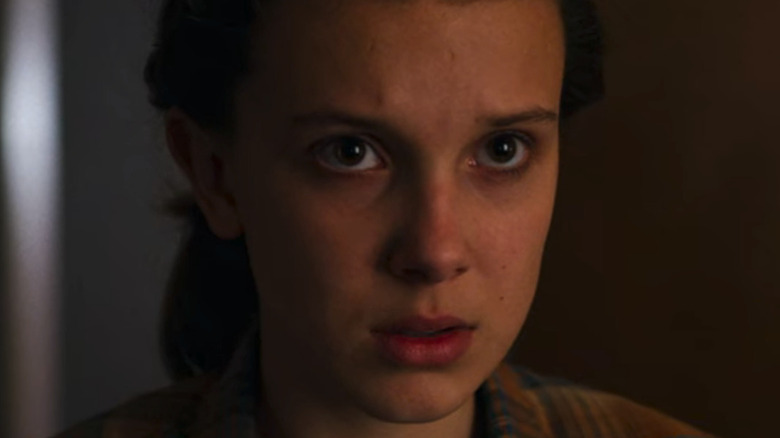

#Waiting in a phonebox portable
People start calling the public phones "pay phones" instead of "coin phones."ġ984: AT&T introduces the Card Caller, a phone with a video screen that allows users to charge a call by inserting a calling card.ġ990: For the first time, phones feature data ports for laptop computers and portable fax machines. By the late '70s, many public phones aren't enclosed - so Clark Kent, finding only open-air phones, has to settle for changing in a revolving door.ġ978: AT&T introduces "Charge-a-Call," a "coinless" pay phone.
#Waiting in a phonebox movie
Coin-operated phones can now be used as emergency call stations, because users can get a dial tone and make a call without first depositing coins.ġ977: Automatic service is introduced, allowing most pay-phone calls to be made without operator assistance - even long-distance calls.ġ978: The now-classic movie "Superman" is released, but there's no phone booth scene. It's not a booth, and people are hesitant to make calls in such a public place, so the outdoor phone isn't an immediate hit.ġ957: The first drive-up pay phones are tested in Mobile, Ala., and Chicago.ġ966: "Dial-tone-first" service is introduced in Hartford, Conn. Imagine being able to retreat with your cell phone to a quiet booth when you find yourself yelling, "Can you hear me now?"ġ905: The first outdoor pay phone is installed, on a street in Cincinnati. But as streets and malls get noisier and cell phones become smaller, maybe the booth will make a comeback - not as a public phone, but as a private space. The phone booth market may have dried up. Last year, the nation's first outdoor Internet-access pay phone was unveiled at Fifth Avenue and West 46th Street in New York City.Īnd for those who have a phone in their pocket, a company in China has introduced a coin-operated cell-phone charger about 150 chargers were introduced at U.S. But public phones will probably stick around after all, about 5.6 million Americans don't have a phone at home, so pay phones are still a lifeline for some.īut the public-phone concept is changing to meet modern demands. The phone booth will probably soon disappear altogether, available only at antique stores and flea markets.

Last year, the United States had an estimated 1.9 million pay phones, down from a peak of 2.7 million in the mid-1990s.


 0 kommentar(er)
0 kommentar(er)
